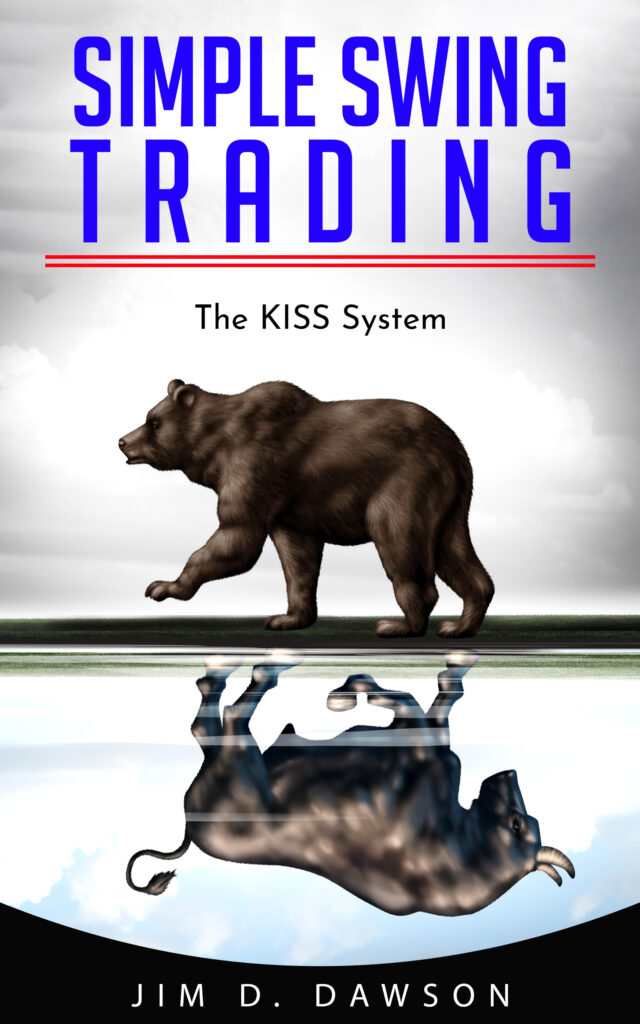The Long Call
The long call is one of the most basic option strategies you can use when trading options. It is relatively simple and easy to understand, however most people forget about the effect of Delta on the position.
Delta on the position.
When purchasing an option, I like to have AT LEAST 30 days before expiration. Preferably, 45 to 60 days to help reduce the effects of time decay. Time decay really starts at about 30 days and really accelerates as the option approaches expiration.
Let’s take a look at some MicroSoft (MSFT) options.
Today MSFT is trading at $162.50. The $162.50 option expiring in 49 days is trading for $4.90 per call. This is a Delta .50 call which means you can expect the option price to increase (excluding time decay) at about $.50 for every $1.00 that MSFT goes up.
So, if MSFT moves from $162.50 to $163.50 then the option will increase from $4.90 per call to about $5.40 per call.
On this trade the most you can lose is the price of the call or $490.00. Technically, your profit is infinite, although that is unlikely. If you can get a 25% or 50% option gain before expiration you have typically done pretty well.
When I buy calls (which is rarely) I usually don’t buy the .50 Delta option because of how slow the option increases in price. I usually purchase the .70 Delta or greater.
In this instance with MSFT trading at $162.50 the $155.00 Call 49 days out is trading for about $10.00 and is at a .75 Delta. This means for every dollar MSFT goes up the underlying option will increase about $.75.
So, if MSFT goes from $162.50 to $163.50 then the option price will go from $10.00 per contract to $10.75 per contract (excluding time decay).
The most you can lose is the price of the long call or $1,000.00 in this example.
Keep in mind the higher the Delta the lower the time decay will be. A Delta 1 option in theory has no time decay to worry about.
Using MSFT trading at $162.50 a .95 Delta option is at the $125.00 strike. It is trading for $38.00 or about $3,800.00.
The advantage of purchasing a Delta 1 option is it is about the same as purchasing the underlying stock, but at a much-reduced risk level and investment.
Keeping all this in mind, I rarely buy Options, unless it is part of a Covered Call strategy using a Diagonal. More on that later.


